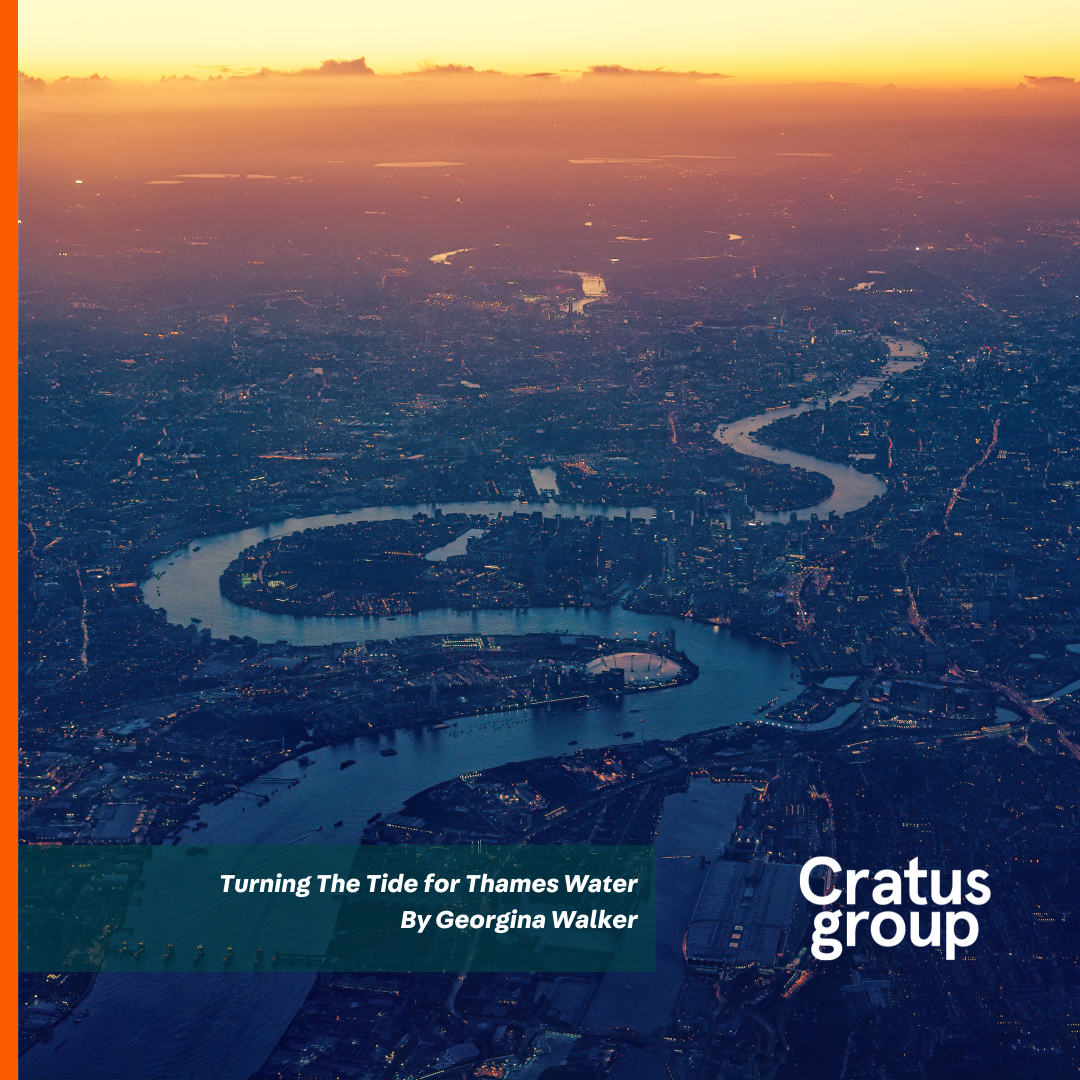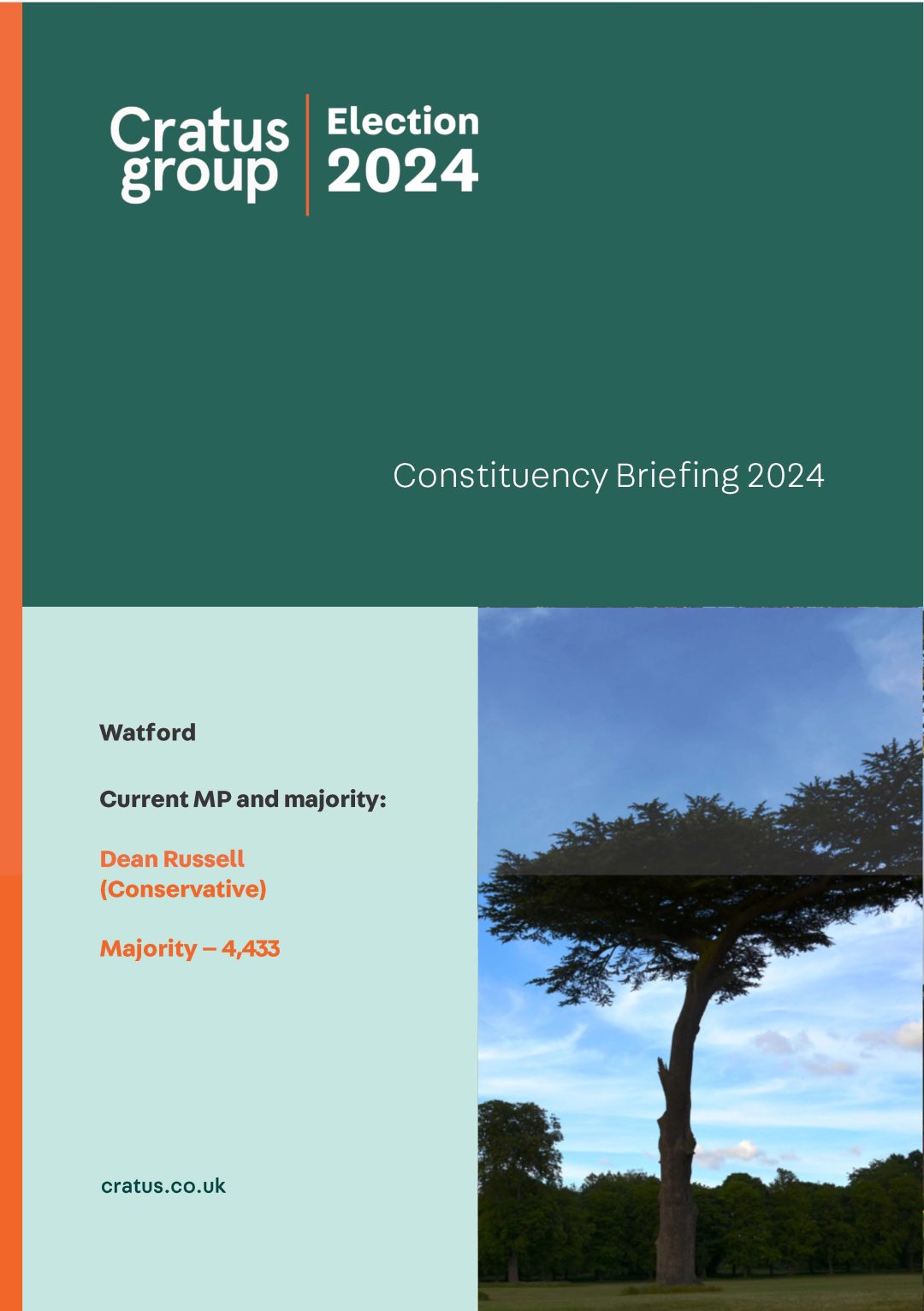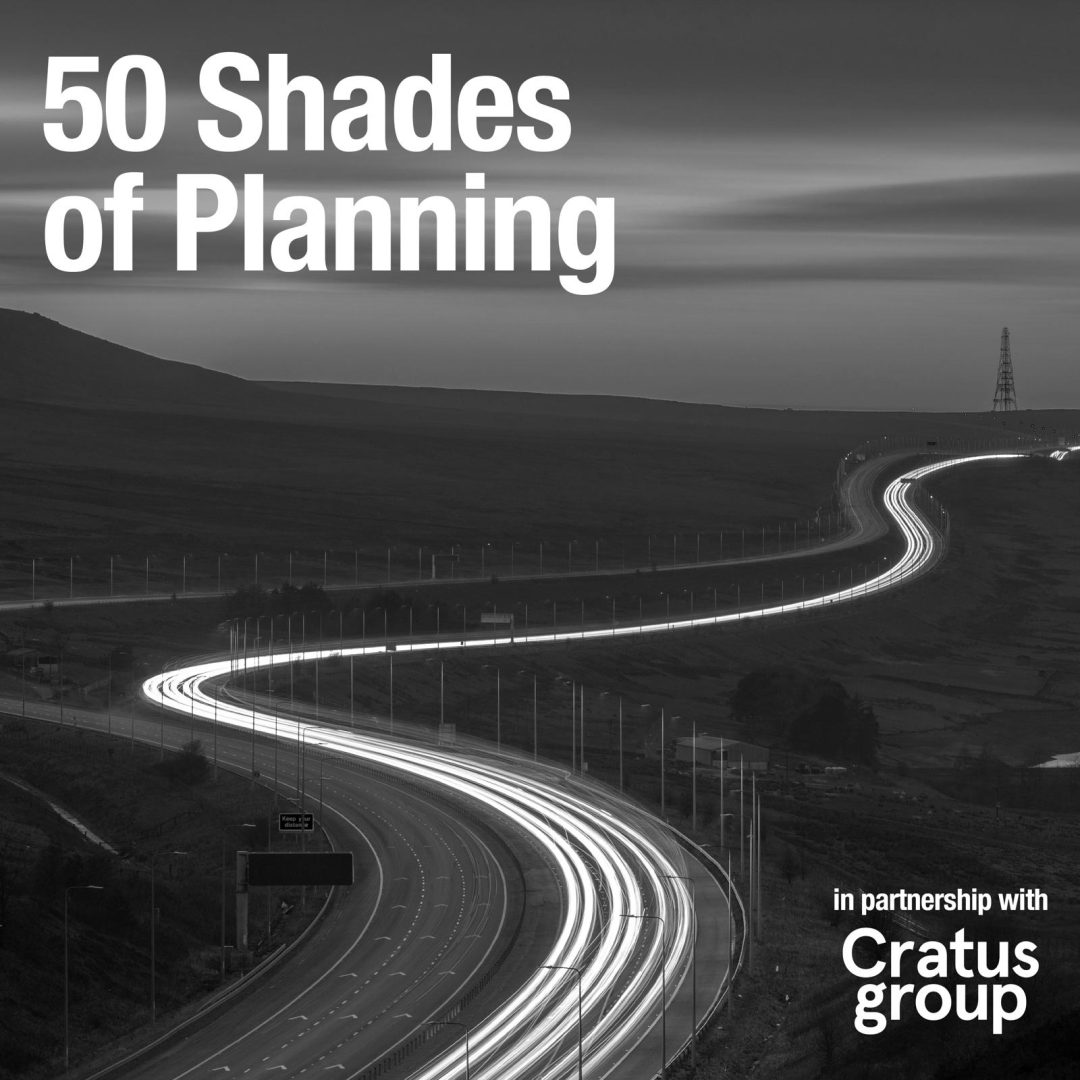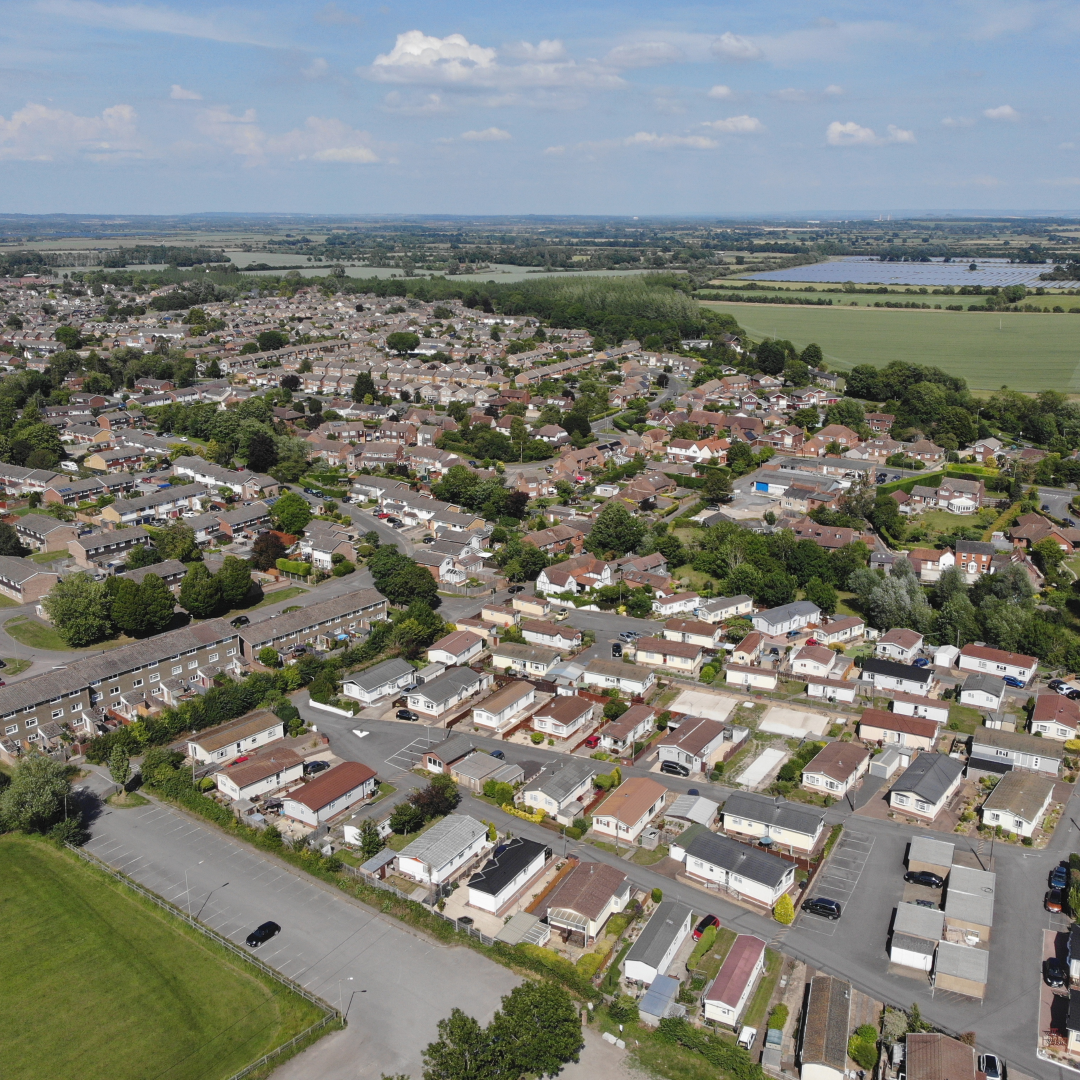A bridge too far?
The Garden Bridge is no more. And whilst the official reason for the scheme being scrapped was the ongoing risk to the public purse – with estimated yearly running costs of £3.5m – one of the key underlying factors was the perceived lack of engagement at an early and meaningful stage with local residents. It turns out they weren’t wildly keen on it.
On the Lambeth side of the river, when planning approval was secured it was only via a split decision from committee councillors and the committee chair took the unusual step of requesting that it be minuted that the Trust be urged to engage in consultation with local residents.
Whilst it’s certainly true that a proposal of this size, cost, prominence and location was unlikely to enjoy universal support from locals, decision makers, Londoners and tax payers, the project’s eventual opponents were, even taking this into account, large in number and broad in reach. Not often do planning proposals attract the united objections of the like of the Ramblers’ Association, the Royal Society for the Protection of Birds, guerrilla gardeners, the lawyers of the Middle Temple, the president of the Royal Institute of British Architects, the Taxpayers’ Alliance, the Metropolitan Public Gardens Association, the Green party and the Liberal Democrats.
In the Centre for London’s recent report – ‘Stopped: Why people oppose residential development in their backyard‘ – one of the key conclusions is to encourage developers to genuinely listen to local residents. Some people will oppose all developments. Some feel excluded from the conversation. Others have specific concerns over design quality.
It seems that for the Garden Bridge not including everyone in this conversation early enough resulted in such a broad coalition of opposition that the collective voices and weight of concerns meant, for the time being at least, it was a (proposed) bridge too far.







